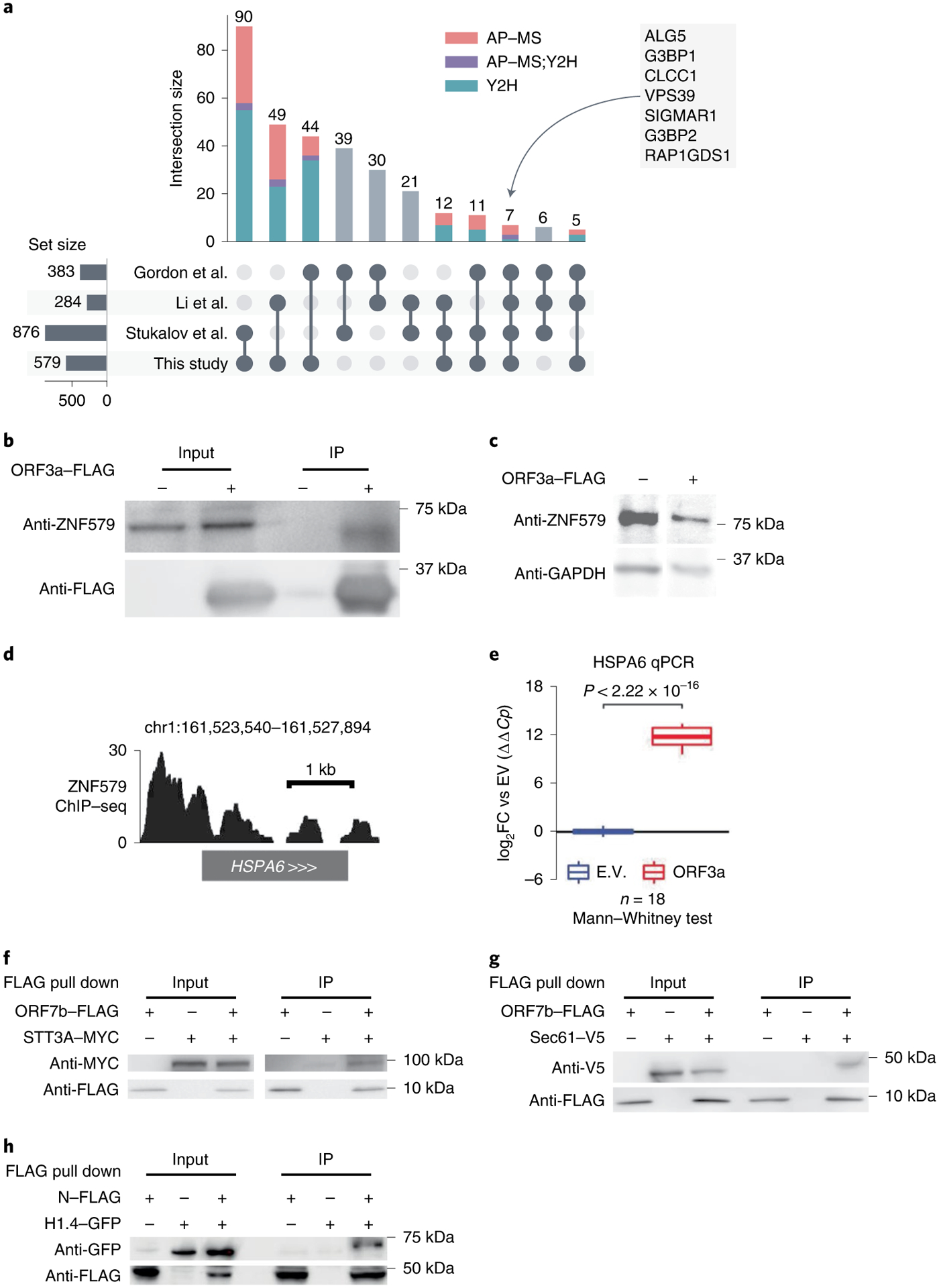Fig. 2 |. Characteristics of the interactome and validation of novel SARS-CoV-2–human interactions.

a, UpSet plot showing the overlap of SARS-CoV-2–human protein–protein interactions from four studies (Supplementary Table 3). Each bar shows the interactions shared by only the marked studies at the bottom. Composition of each bar in terms of the source of the interactions are indicated by different colors. b, Co-IP confirming ORF3a–ZNF579 interaction in HEK293T cells following transfection with ORF3a–FLAG or empty vector. The experiment was repeated independently three times with similar results. c, Western blot showing levels of ZNF579 along with GAPDH as a loading control in HEK293T cells following transfection with ORF3a–FLAG or empty vector. Experiment was repeated independently three times with similar results. d, ChIP–seq for ZNF579 in MCF7 cells from the ENCODE consortium at the HSPA6 locus. Signal is log2FC over input. e, Expression of HSPA6 after transfection with ORF3a–FLAG or empty vector (E.V.). Two transfection replicates were probed with two primer pairs to HSPA6 at three different template dilutions in technical triplicate (18 total reactions for each condition). Expression is normalized to GAPDH and then to the empty vector average using the ΔΔCt method. Box plots display the median as the center line, the 1st and 3rd quartiles as hinges and 1.5× interquartile range as whiskers. Significance was assessed using the two-tailed Mann Whitney U test. f,g Co-IP confirming ORF7b–STT3A and ORF7b–Sec61 interactions in HEK293T cells following transfection with ORF7b–FLAG or empty vector and STT3A–MYC or Sec61–V5, respectively. Each experiment was repeated independently three times with similar results. h, Co-IP confirming N-histone H1.4 interaction in HEK293T cells following transfection with N or empty vector and histone H1.4. Experiment was repeated independently three times with similar results.
